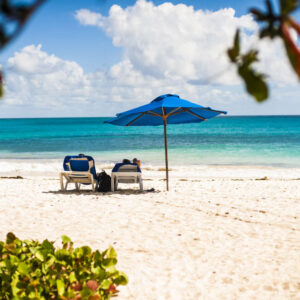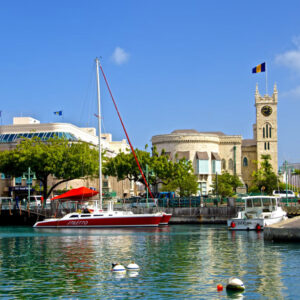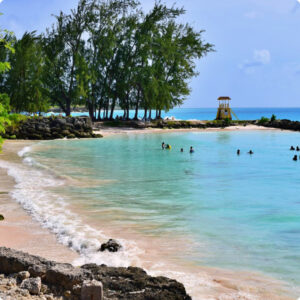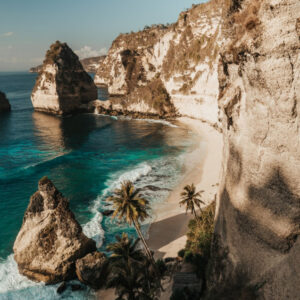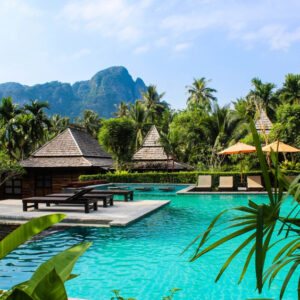Uyuni Salt Flats, located in Bolivia, are a stunning natural wonder. They offer unique experiences and breathtaking views.
The best time to visit Uyuni Salt Flats depends on what you want to see. This otherworldly landscape transforms with the seasons, creating varied and equally captivating scenes. During the rainy season, from December to April, the salt flats turn into a giant mirror, reflecting the sky.
This creates a surreal and mesmerizing effect. On the other hand, the dry season, from May to November, reveals the vast, white expanse of salt, which looks like a never-ending desert. Both seasons offer unique experiences, so it’s essential to choose the right time based on your preferences. Whether you seek reflections or vast salt deserts, Uyuni awaits with its enchanting beauty.
Contents
Introduction To Uyuni Salt Flats
Uyuni Salt Flats are the world’s largest salt flats. Located in Bolivia, they cover over 10,000 square kilometers. Their white, flat surface looks like a mirror after rain. This makes them very special and unique. Many tourists visit to take stunning photos. The flats are also home to many flamingos. They feed on the algae in the water. At night, the sky is clear. You can see many stars.
The Uyuni Salt Flats have many unique features. The surface is very flat. It reflects the sky like a mirror. This makes it a popular spot for photographers. The salt flats are also very dry. This makes them a good place to test vehicles. Scientists study the area because it has rare minerals. There are also many old train tracks and trains. They are left from mining days.
Tourists from all over the world visit Uyuni Salt Flats. They come to see the mirror effect. Many visit during the rainy season for the best views. The flats are also a popular spot for adventure seekers. Some like to ride bikes or drive on the flats. Tour companies offer guided tours. They provide a safe way to explore. The salt flats are a must-see for anyone visiting Bolivia.
Weather Patterns
The dry season in Uyuni runs from May to November. The sky is clear and the ground is dry. This is the best time for photography. The salt flats look like a white desert. The temperatures are cooler, especially at night. Warm clothes are needed. Travelers can explore the salt flats easily. Roads are accessible and safe. There is no water on the flats.
The rainy season lasts from December to April. The salt flats turn into a giant mirror. This is a unique sight. The water reflects the sky, creating stunning views. It is warmer during this period. Rain can make roads muddy. Some areas may be hard to reach. Rain boots are recommended. The salt flats are less crowded. This season offers a different beauty.
Dry Season Highlights
During the dry season, the Uyuni Salt Flats offer stunning crystal clear views. The ground becomes a vast, white expanse. The sky is bright blue and clear. This creates a magical contrast. The salt flats look like a mirror. You can see the horizon perfectly.
The dry season is perfect for photography. The flats become a natural canvas. Pictures come out sharp and beautiful. The reflections are amazing. You can capture the sky and the ground in one shot. It feels like walking on a giant mirror. The light is perfect for photos all day. Your photos will look incredible.

Credit: boliviatravelsite.com
Rainy Season Wonders
The rainy season creates a stunning mirror effect. Water covers the salt flats. The ground reflects the sky. This makes it feel magical. Walking on it feels like floating. Photos look otherworldly. The horizon seems endless. The experience is breathtaking. It feels like a dream.
Rainy season brings unique natural events. Lightning storms light up the sky. Thunder echoes across the flats. Rainbows appear often. These sights are rare and beautiful. Each visit can be different. The weather changes quickly. The landscape transforms with each moment. Nature shows its true power here.
Best Month To Visit
The best time to visit Uyuni Salt Flats is during the rainy season from January to March. This period creates a stunning mirror effect on the flats, making it a photographer’s paradise.
January To March
The rainy season occurs from January to March. This creates a mirror effect on the flats. The ground reflects the sky, making stunning views. It feels like walking on water. Roads can get muddy, though. Many people love this time for photography. Expect cooler days and nights.
April To December
From April to December, the weather is drier. The flats become a vast, white desert. The sky is clear and blue. This time is great for driving and exploring. There are fewer chances of rain. The crystal-clear sky makes the stars shine bright at night. Days are warm, but nights can be very cold.

Credit: boliviatravelsite.com
Tourist Activities
Many tours are available. Some last a few hours. Others can be a few days. Early morning tours are best for sunrise views. Night tours offer stunning star views. Most tours include transport and guide. Packing water and snacks is a good idea. Wear comfortable shoes for walking. The salt flats can be rough. Sunscreen is also important. The sun can be very strong.
Meeting the local people is a must. They are warm and friendly. Many speak Spanish, but some know English. Try local foods. Quinoa is a popular dish. Handicrafts are also a great buy. Colorful textiles make nice souvenirs. Learn about their traditions and history. It will make your visit special. Respect their customs and environment.
Travel Tips
Bring layers of clothing. The weather changes quickly. A warm jacket is a must. Good walking shoes are important. The ground is uneven. Sunglasses protect your eyes. The sun is very bright. Don’t forget sunscreen. The sun can burn your skin. A camera is essential. The views are stunning. Pack extra batteries. You don’t want to miss a shot. Bring snacks and water. There are few shops around.
Stay hydrated. The air is dry. Drink lots of water. Altitude sickness can be a problem. Move slowly. Rest often. Take medicine if needed. Protect your skin. Use sunscreen and wear a hat. Avoid sunburn. Wash your hands often. Stay healthy. Bring a first aid kit. Be ready for minor injuries. Know where the nearest hospital is. Safety is important.
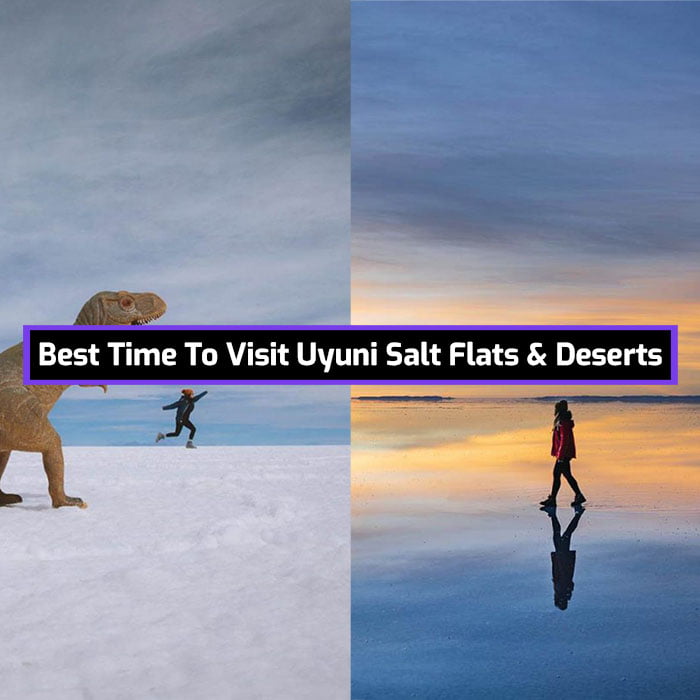
Credit: visitsouthamerica.co
Frequently Asked Questions
What Time Of Year Is Best For Uyuni?
The best time to visit Uyuni is from March to April. During this period, the salt flats are often covered with water, creating a stunning mirror effect.
How Many Days Do You Need In Uyuni Salt Flats?
You need 2 to 3 days to fully explore Uyuni Salt Flats. Enjoy guided tours, stunning landscapes, and unique experiences.
What Time Of Year Are The Salt Flats Wet?
The salt flats are typically wet from December to April. Rainfall during these months creates a thin layer of water.
Are The Uyuni Salt Flats Worth It?
Yes, the Uyuni Salt Flats are worth visiting. They offer stunning landscapes, unique photo opportunities, and unforgettable experiences.
Conclusion
Visiting the Uyuni Salt Flats offers a unique experience. The best times are during the wet and dry seasons. Both seasons have their own charm. Wet season creates stunning reflections, while dry season reveals vast, white landscapes. Plan your trip based on your preferences.
Enjoy the beauty and wonder of Uyuni Salt Flats. It is truly a remarkable destination. Prepare well, and have a memorable adventure.







